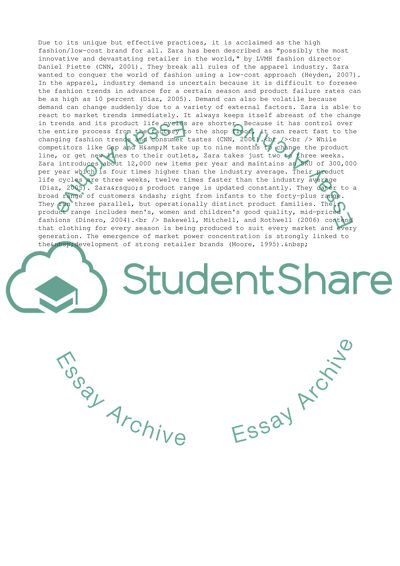Cite this document
(Zara: a Spanish Success Story Case Study Example | Topics and Well Written Essays - 3964 words, n.d.)
Zara: a Spanish Success Story Case Study Example | Topics and Well Written Essays - 3964 words. Retrieved from https://studentshare.org/business/1715817-problem-report
Zara: a Spanish Success Story Case Study Example | Topics and Well Written Essays - 3964 words. Retrieved from https://studentshare.org/business/1715817-problem-report
(Zara: A Spanish Success Story Case Study Example | Topics and Well Written Essays - 3964 Words)
Zara: A Spanish Success Story Case Study Example | Topics and Well Written Essays - 3964 Words. https://studentshare.org/business/1715817-problem-report.
Zara: A Spanish Success Story Case Study Example | Topics and Well Written Essays - 3964 Words. https://studentshare.org/business/1715817-problem-report.
“Zara: A Spanish Success Story Case Study Example | Topics and Well Written Essays - 3964 Words”, n.d. https://studentshare.org/business/1715817-problem-report.


